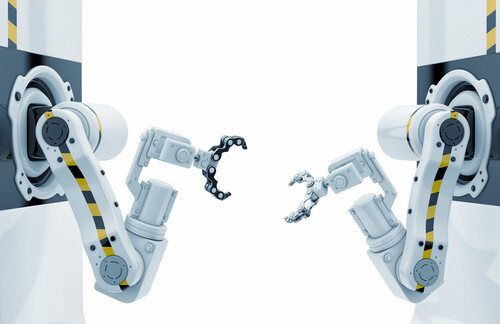Once you have identified decisions that could usefully be improved by predictive analytics you must develop predictive analytic models for each decision. Each decision is going to require a different predictive analytic model, perhaps several. Some predictive analytic models, such as predicting the future value of a customer for instance, may be useful in multiple decisions. Regardless, a software product that is going to embed predictive analytics is going to need multiple predictive analytic models.
Once you have identified decisions that could usefully be improved by predictive analytics you must develop predictive analytic models for each decision. Each decision is going to require a different predictive analytic model, perhaps several. Some predictive analytic models, such as predicting the future value of a customer for instance, may be useful in multiple decisions. Regardless, a software product that is going to embed predictive analytics is going to need multiple predictive analytic models.
 As a provider of a software product, however, you can’t just go ahead and build a set of predictive analytic models the way an end user organization might. Three things in particular make your life more complex.
As a provider of a software product, however, you can’t just go ahead and build a set of predictive analytic models the way an end user organization might. Three things in particular make your life more complex.
- First most of your customers will want their own data to drive the predictive analytic models they are using. Give this need to produce lots of predictive analytic models, each based on a customer’s own data, automation is essential. The more automated the process for producing a predictive analytic model, the easier it will be to scale to deliver a separate model for each customer.
- Second none (or almost none) of your customers will want to pay you to develop a model in advance. A scalable, cost-effective, largely automated way to develop models offers a far better solution. Even if you develop an initial pooled or expert model, being able to rapidly develop customer-specific models using their own data offers tremendous value.
- Third you probably can’t afford to staff up to build large numbers of custom models for your customers anyway. To this end a platform that lets you automate model development, that makes it easy for power users and business analysts to do a lot of the work is powerful. Automated model development does not mean that you need zero analytic professionals but it means that the number you need is reduced and that new resources can generally be applied to new problems, not to repeatedly solving old problems.
For more on this topic you can check out this recording of a webinar I gave for the PDMA with Predixion Software on The Power of Embedded Predictive Analytics, get the white paper “Becoming Predictive” (registration required) or check out the Predixion OEM microsite.
image: automation/shutterstock








